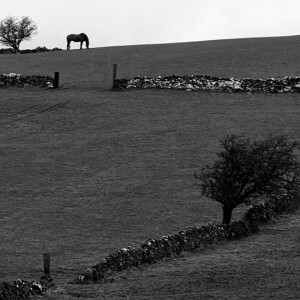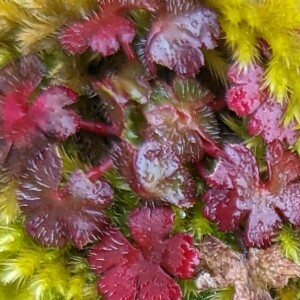Rock Hard
A gatepost of Hopedale limestone. Hopedale is the next village to where we are staying. The rock is grey, coarse, abrasive, unforgiving - a marked contrast to the soft limesone we are accustomed to at home. This was created 330M years ago in the Carboniferous period, in what was then a shallow equatorial sea, growing vast fields of coral that have been compressed into fossil-rich rock
At the same time, on shore, enormous marshes nearby were growing giant horsetails, some 30 metres high, that became compacted into the coal that gives the Carboniferous its name. Parts of the Derbyshire coalfield are less than 50km away
Marginal then and marginal 330M years later. The hills are steep, the rainfall is high, the soil is thin, the winters are long and harsh. There are relics of land being ploughed in the past, but now all is grass; the sheep have just lambed. There are signs of farming dereliction: broken barns, tumbled walls, makeshift gates, ancient machinery, scrubland gaining ground over hill pastures - a lifestile clinging on to the harsh rock with bleeding fingernails, funded by capricious government subsidy and pleasure-seekers like us
In this strenuous environment, young cranesbill struggles to create chlorophyll, and its leaf-colour is dominated by the anthocyanins that protect the cells from damage by sunlight. The contrast with the bright green moss is a pleasure worth seeking. For the plant itself, its survival is no more certain than that of the farms that surround it



Comments
Sign in or get an account to comment.


